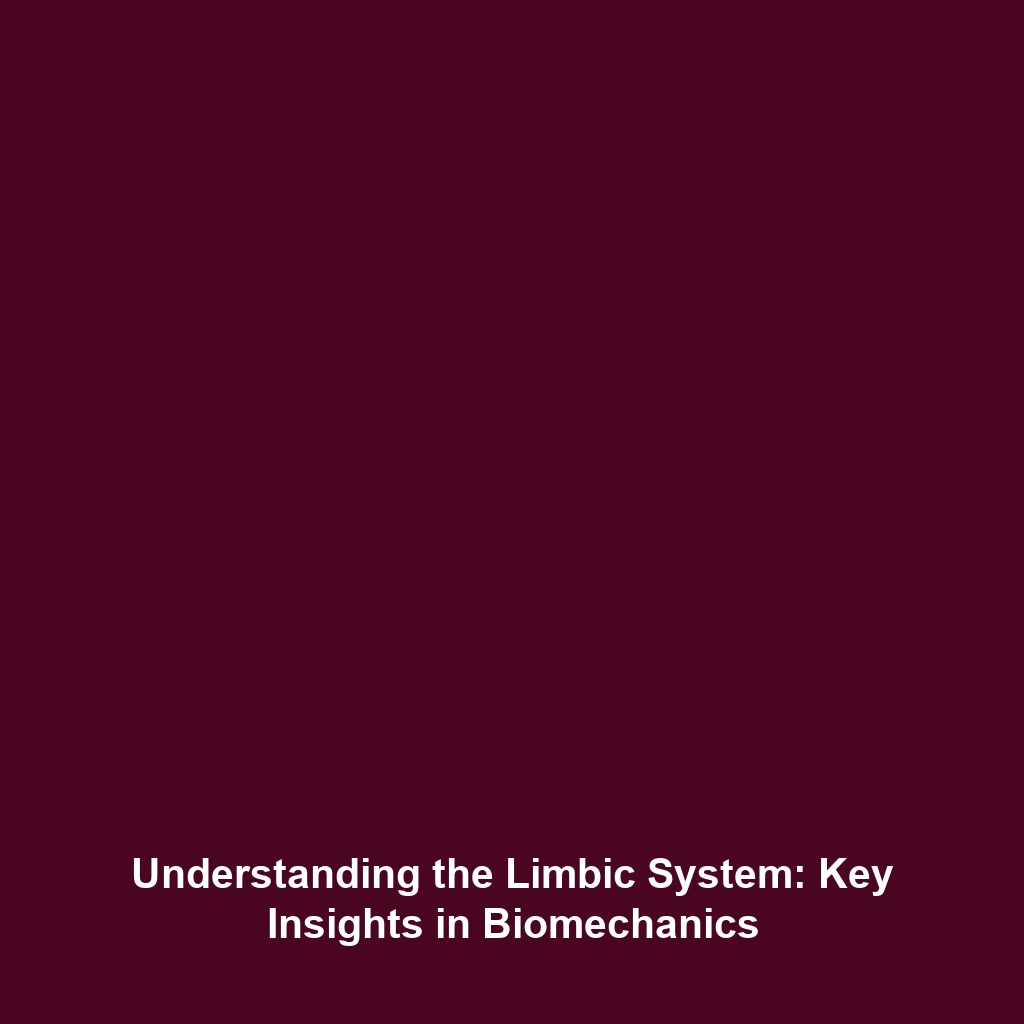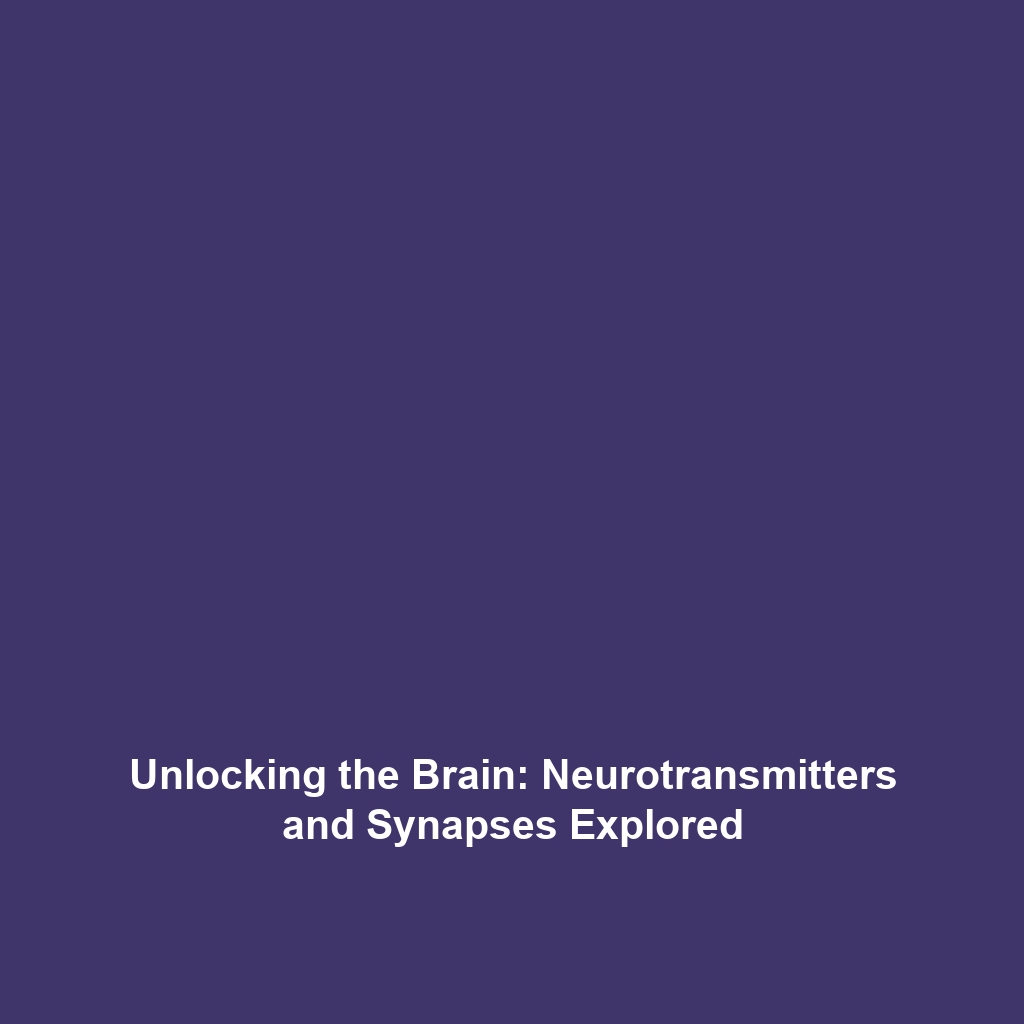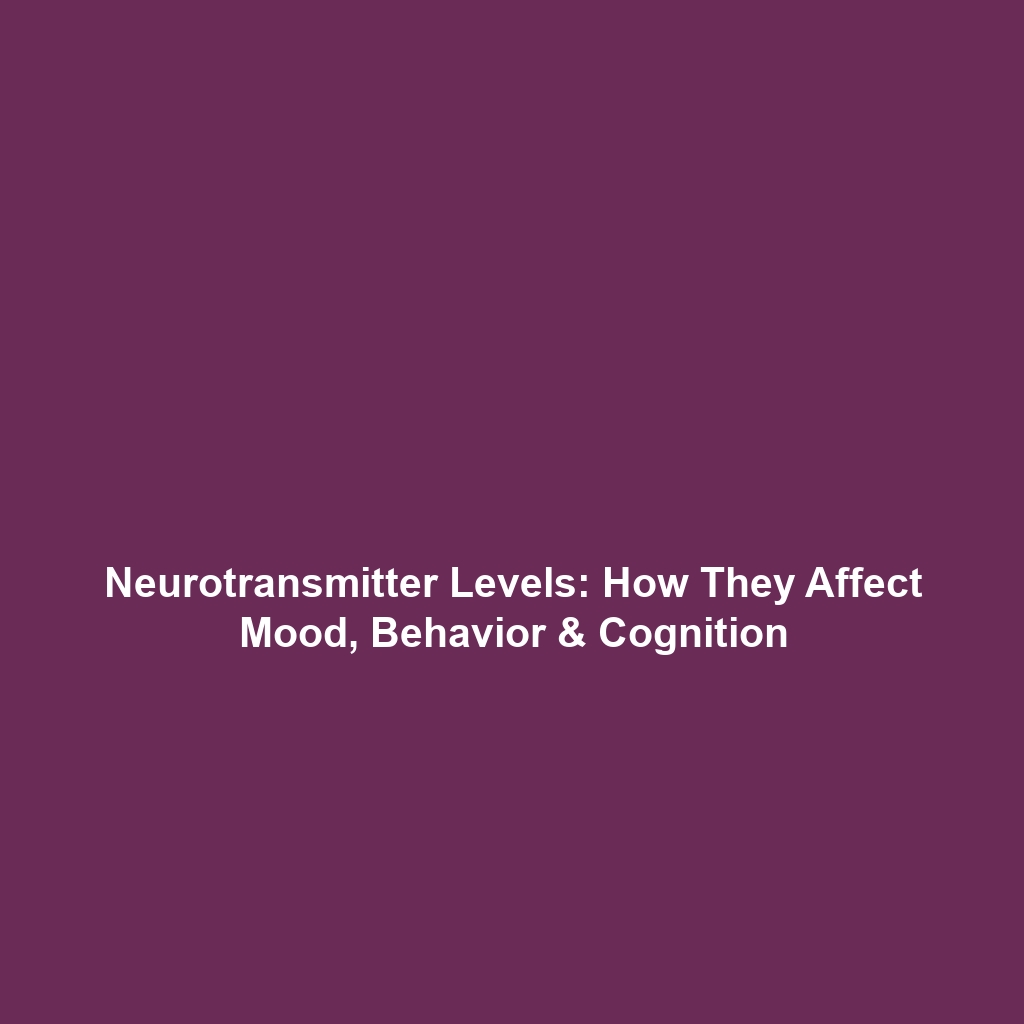Black Hole Mergers and Their Role in Confirming General Relativity
Introduction
Black hole mergers represent one of the most compelling phenomena in astrophysics, serving as a critical piece of evidence for the theory of general relativity. These cosmic events occur when two black holes collide, ultimately merging into a larger black hole, and are accompanied by the emission of gravitational waves. The significance of black hole mergers extends beyond mere astrophysical curiosity; they confirm fundamental tenets of general relativity and enhance our understanding of the universe. This article delves into the intricacies of black hole mergers and explores their multifaceted role in validating Einstein’s theories against observational data.
Key Concepts
Understanding Black Hole Mergers
Black hole mergers are characterized by the gravitational attraction between two black holes. When they spiral closer due to the emission of gravitational waves, they reach a point of no return known as the event horizon. The merger releases immense energy, detectable as gravitational waves, which have been observed by instruments like LIGO (Laser Interferometer Gravitational-Wave Observatory).
General Relativity and Black Holes
General relativity posits that massive objects warp spacetime, an effect that can be observed in the dynamics of black hole mergers. The accurate predictions made by general relativity regarding the characteristics of these mergers, including the waveforms emitted, confirm its validity in extreme environments. The study of these mergers thus serves as a testing ground for Einstein’s theories within the realm of black holes.
Applications and Real-World Uses
The study of black hole mergers has practical applications across various fields, including:
- Astronomical Observations: Understanding black hole mergers informs our interpretation of gravitational wave data, thereby enhancing our knowledge of the universe.
- Astrophysical Theories: Data from mergers helps refine models of galaxy formation and evolution, illustrating the role of dark matter and energy.
- Technological Advancements: Detection technologies developed for observing gravitational waves lead to innovations applicable in fields like telecommunications and precision measurement.
Current Challenges
Despite significant advances, the study of black hole mergers presents several challenges, including:
- Detection Sensitivity: Current technology may miss smaller or more distant black hole mergers, limiting our observational capabilities.
- Data Interpretation: The complexity of gravitational wave signals requires sophisticated algorithms and models for accurate interpretation.
- Access to Data: Collaboration and data sharing among institutions can be hampered by privacy and proprietary concerns.
Future Research and Innovations
Looking ahead, research on black hole mergers is poised for groundbreaking developments. Innovations may include:
- Enhanced Detection Techniques: The advent of next-generation gravitational wave detectors will improve sensitivity to subtle signals from distant mergers.
- Multi-Messenger Astronomy: The integration of electromagnetic observations and gravitational wave data can provide richer insights into cosmic events.
- Theoretical Advances: Continued explorations into quantum gravity may yield deeper understandings of the fundamental nature of black holes.
Conclusion
The exploration of black hole mergers and their confirmation of general relativity not only deepens our understanding of black holes but also reshapes our comprehension of fundamental physics. This remarkable alignment of theory and observation underscores the importance of ongoing research in astrophysics. For more information, readers are encouraged to explore related topics on gravitational waves and cosmic phenomena.









